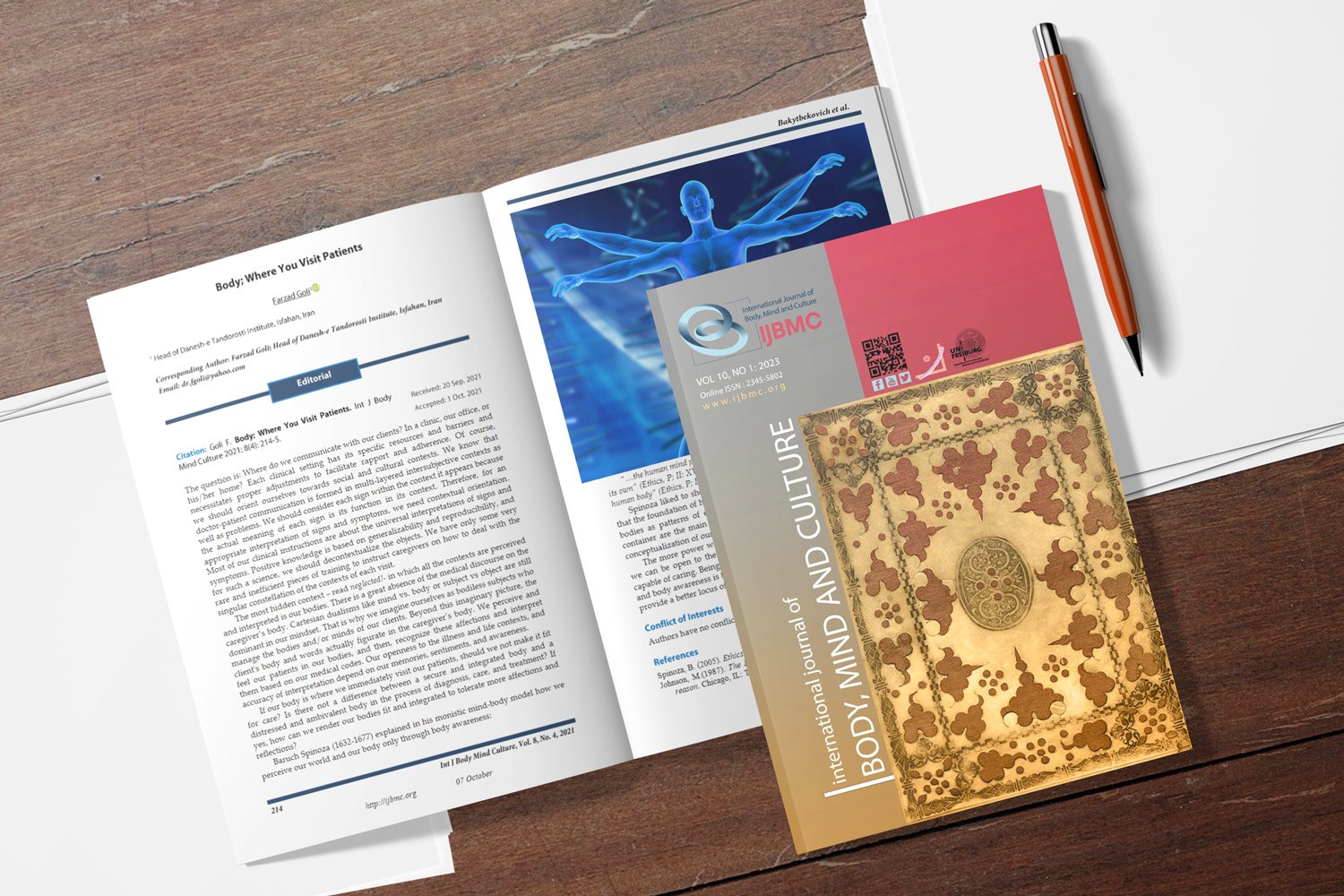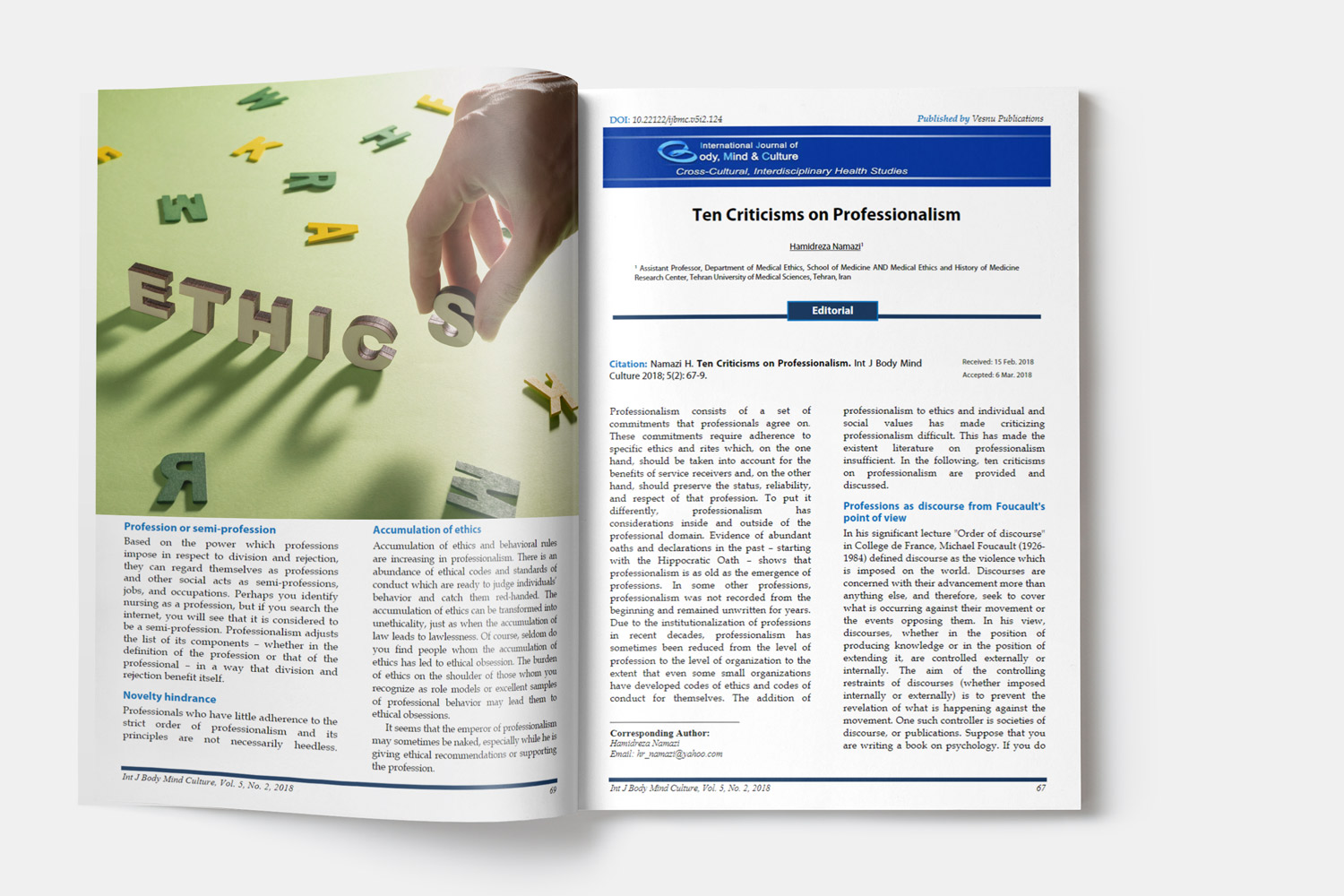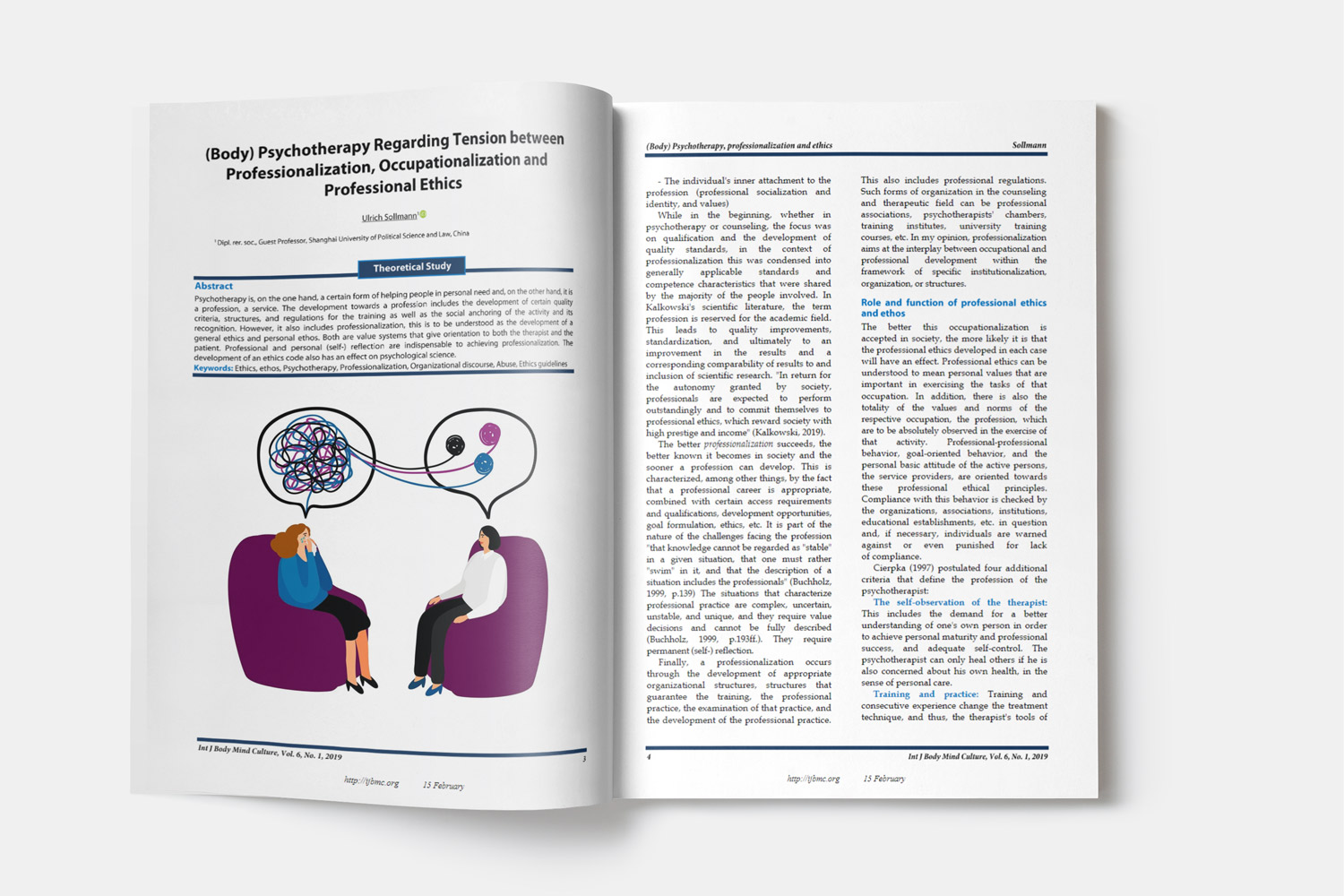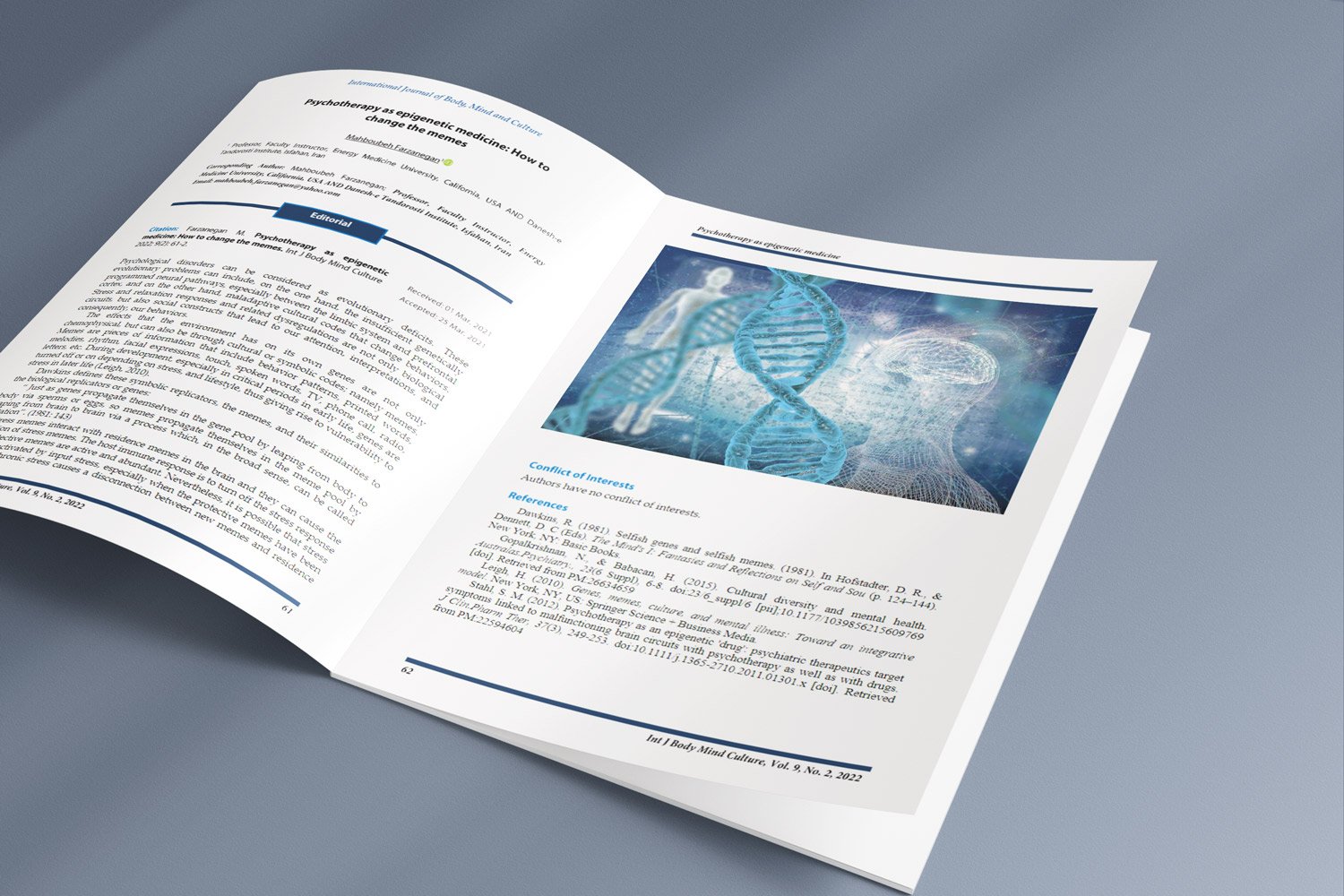Investigating the Effect of Smoking on the Incidence of Internal Diseases (A Review Paper)
Downloads
Background: According to World Health Organization (WHO) estimates, there are currently 1.1 billion tobacco smokers worldwide. This study follows the need for change in the increasing trend of lifestyle-related diseases and the lack of extensive studies on the pattern of smoking.
Methods: In the current study, an electronic database search was conducted to identify studies that examined the impact of smoking on internal diseases from the beginning of February 2018 to the end of December 2021. After eliminating numerous articles based on their titles and abstracts, 273 articles pertinent to the study's objectives were selected. Due to the inadequacy of the target audience and the inclusion and exclusion criteria, 239 of the remaining articles were eliminated. The 44 remaining articles were examined more closely.
Results: Each cigarette produces more than 7,000 chemicals. Many of these substances are toxic, and about 69 of them can cause cancer. For every 15 cigarettes you smoke, a mutation occurs in the body. Mutations are the cause of cancer. Studies have shown a clear relationship between dose and response, with a sharp increase in the risk of arterial disease in heavy smokers. In countries where approximately 30% of the population smokes, 50% of arterial disease can be attributed to smoking.
Conclusion: Smoking increases the risk of cardiovascular disease (CVD) and lung disease, and leads to an increased risk of lung, throat, stomach, and bladder cancer, and many other cancers. One of the most important organs in the body that can be disrupted by smoking is the heart.
Downloads
Ahmed, N., Arshad, S., Basheer, S. N., Karobari, M. I., Marya, A., Marya, C. M. et al. (2021). Smoking a dangerous addiction: A Systematic review on an underrated risk factor for oral diseases. Int J Environ.Res Public Health, 18(21). doi:ijerph182111003 [pii];10.3390/ijerph182111003 [doi]. Retrieved from PM:34769523
Akhu-Zaheya, L. M., & Shiyab, W. Y. (2017). The effect of short message system (SMS) reminder on adherence to a healthy diet, medication, and cessation of smoking among adult patients with cardiovascular diseases. Int J Med Inform., 98, 65-75. doi:S1386-5056(16)30269-6 [pii];10.1016/j.ijmedinf.2016.12.003 [doi]. Retrieved from PM:28034414
Arpacioglu, S., Unubol, B., Erzincan, E., & Bilici, R. (2019). Results of smoking cessation clinic in erenkoy mental and neurological diseases training and research hospital: An investigation into the effects of cognitive behavioral intervention and pharmacotherapy. ADDICTA: The Turkish Journal on Addictions, 6(S4), 295-315.
Babinets, L. S., & Kvasnitska, P. (2019). Quality of life in patients with comorbidity of chronic pancreatitis and chronic obstructive pulmonary disease in presence of smoking. Infusion & Chemotherapy,(4), 18-22.
Bunch, T. J. (2022). Brain health in patients with atrial fibrillation-another reason to quit smoking now. JAMA.Netw.Open., 5(6), e2217141. doi:2793368 [pii];10.1001/jamanetworkopen.2022.17141 [doi]. Retrieved from PM:35704323
Gallus, S., Lugo, A., & Gorini, G. (2020). No double-edged sword and no doubt about the relation between smoking and COVID-19 severity. Eur.J Intern Med, 77, 33-35. doi:S0953-6205(20)30252-1 [pii];10.1016/j.ejim.2020.06.014 [doi]. Retrieved from PM:32564904
Gaur, K., Kasliwal, N., & Gupta, R. (2012). Association of smoking or tobacco use with ear diseases among men: a retrospective study. Tob.Induc.Dis., 10(1), 4. doi:1617-9625-10-4 [pii];10.1186/1617-9625-10-4 [doi]. Retrieved from PM:22471960
Girkantaite, Z., & Andrejevaite, V. (2019). Challenge for a cardiologist: how to help a patient to quit smoking effectively? Redakcijos skiltis, 4(87), 19-28.
Grabowska, P., Targowski, T., & Jahnz-Rozyk, K. (2006). Evaluation of quality of life and knowledge about tobacco smoking toxicity among patients hospitalized in Department of Pneumonology. Przegl.Lek., 63(10), 1071-1074. Retrieved from PM:17288220
Guo, F. R. (2020). Active smoking is associated with severity of coronavirus disease 2019 (COVID-19): An update of a meta-analysis. Tob.Induc.Dis., 18, 37. doi:10.18332/tid/121915 [doi];37 [pii]. Retrieved from PM:32382258
Huttunen, R., Heikkinen, T., & Syrjanen, J. (2011). Smoking and the outcome of infection. J Intern Med, 269(3), 258-269. doi:10.1111/j.1365-2796.2010.02332.x [doi]. Retrieved from PM:21175903
Kazemzadeh, Z., Manzari, Z. S., & Pouresmail, Z. (2017). Nursing interventions for smoking cessation in hospitalized patients: A systematic review. Int Nurs Rev., 64(2), 263-275. doi:10.1111/inr.12320 [doi]. Retrieved from PM:27933638
Krzyścin, M., Napierała, M., Bręborowicz, G., Florek, E., & Sowińska-Przepiera, E. (2022). 126 Effects of active and passive smoking during pregnancy on the blood flow in uterine artery in second trimester of pregnancy in young women. Eur J Obstet Gynecol Reprod Biol, 273, e53.
Kwon, J. W., Yang, Y. H., & Lee, B. K. (2013). Study on a Usage of Smoking Preparations, Fumigant and Buccal Preparations in [Dongeuibogam]. The Journal of Korean Medicine Ophthalmology and Otolaryngology and Dermatology, 26(3), 20-35.
Lippi, G., & Henry, B. M. (2020). Active smoking is not associated with severity of coronavirus disease 2019 (COVID-19). Eur.J Intern Med, 75, 107-108. doi:S0953-6205(20)30110-2 [pii];10.1016/j.ejim.2020.03.014 [doi]. Retrieved from PM:32192856
Lowe, K. E., Zein, J., Hatipoglu, U., & Attaway, A. (2021). Association of smoking and cumulative pack-year exposure with COVID-19 outcomes in the Cleveland Clinic COVID-19 Registry. JAMA.Intern Med, 181(5), 709-711. doi:2775677 [pii];10.1001/jamainternmed.2020.8360 [doi]. Retrieved from PM:33492361
Mao, Y., Huang, P., Wang, Y., Wang, M., Li, M. D., & Yang, Z. (2021). Genome-wide methylation and expression analyses reveal the epigenetic landscape of immune-related diseases for tobacco smoking. Clin Epigenetics., 13(1), 215. doi:10.1186/s13148-021-01208-0 [doi];10.1186/s13148-021-01208-0 [pii]. Retrieved from PM:34886889
Mazıcan, N., & Yarar, E. (2018). Smoking habits and effects in a pulmonary outpatient clinic in Agri. To. Induc Dis, 16(3).
Miyazaki, Y., Niino, M., Sakushima, K., Takahashi, E., Naganuma, R., Amino, I. et al. (2022). Association of smoking and generalized manifestations of Myasthenia Gravis. Intern Med, 61(11), 1693-1698. doi:10.2169/internalmedicine.8460-21 [doi]. Retrieved from PM:34744112
Morita, A. (2007). Tobacco smoke causes premature skin aging. J Dermatol.Sci, 48(3), 169-175. doi:S0923-1811(07)00321-0 [pii];10.1016/j.jdermsci.2007.06.015 [doi]. Retrieved from PM:17951030
Ni, Y., Shi, G., & Qu, J. (2020). Indoor PM2.5, tobacco smoking and chronic lung diseases: A narrative review. Environ.Res, 181, 108910. doi:S0013-9351(19)30707-8 [pii];10.1016/j.envres.2019.108910 [doi]. Retrieved from PM:31780052
Palmer, M., Sutherland, J., Barnard, S., Wynne, A., Rezel, E., Doel, A. et al. (2018). The effectiveness of smoking cessation, physical activity/diet and alcohol reduction interventions delivered by mobile phones for the prevention of non-communicable diseases: A systematic review of randomised controlled trials. PLoS.One., 13(1), e0189801. doi:10.1371/journal.pone.0189801 [doi];PONE-D-17-28103 [pii]. Retrieved from PM:29304148
Pinto, M. T., Pichon-Riviere, A., & Bardach, A. (2015). The burden of smoking-related diseases in Brazil: mortality, morbidity and costs. Cad.Saude.Publica., 31(6), 1283-1297. doi:S0102-311X2015000601283 [pii];10.1590/0102-311X00192013 [doi]. Retrieved from PM:26200375
Ramotowski, B., Gurbel, P. A., Tantry, U., & Budaj, A. (2019). Smoking and cardiovascular diseases: paradox greater than expected? Pol.Arch Intern Med, 129(10), 700-706. doi:10.20452/pamw.14931 [doi]. Retrieved from PM:31418753
Russo, C., Walicka, M., Caponnetto, P., Cibella, F., Maglia, M., Alamo, A. et al. (2022). Efficacy and safety of varenicline for smoking cessation in patients with type 2 diabetes: A Randomized Clinical Trial. JAMA.Netw.Open., 5(6), e2217709. doi:2793375 [pii];10.1001/jamanetworkopen.2022.17709 [doi]. Retrieved from PM:35727580
Sales, M. P. U., Araujo, A. J., Chatkin, J. M., Godoy, I., Pereira, L. F. F., Castellano, M. V. C. O. et al. (2019). Update on the approach to smoking in patients with respiratory diseases. J Bras Pneumol., 45(3), e20180314. doi:S1806-37132019000300400 [pii];10.1590/1806-3713/e20180314 [doi]. Retrieved from PM:31271604
Santos, A., Oliveira, I., Carvalho, J., Campanha, R., Guimarães C, Fradinho, M. et al. (2018). Smoking cessation program: Where do our patients come from?
Sarthak, S. (2020). A cross sectional study on risk factors, smoking and hypertension of cardiovascular diseases among adult population in Urban Slum Area, Bhubaneswar, Odisha. Indian J Public Health Res Dev, 11(5), 430-433.
Schwarz, F., Becker, K., Sahm, N., Horstkemper, T., Rousi, K., & Becker, J. (2017). The prevalence of peri-implant diseases for two-piece implants with an internal tube-in-tube connection: a cross-sectional analysis of 512 implants. Clin Oral.Implants.Res, 28(1), 24-28. doi:10.1111/clr.12609 [doi]. Retrieved from PM:26178415
Smith, J. B., & Fenske, N. A. (1996). Cutaneous manifestations and consequences of smoking. J Am.Acad Dermatol., 34(5 Pt 1), 717-732. doi:S0190-9622(96)90003-1 [pii];10.1016/s0190-9622(96)90002-x [doi]. Retrieved from PM:8632065
Takase, H., Machii, M., Nonaka, D., Ohno, K., Takayama, S., Sugiura, T. et al. (2021). Effects of smoking on central blood pressure. J Hypertens, 39, e232.
Wang, Q., Ji, X., & Rahman, I. (2021). Dysregulated metabolites serve as novel biomarkers for metabolic diseases caused by E-cigarette vaping and cigarette smoking. Metabolites., 11(6). doi:metabo11060345 [pii];10.3390/metabo11060345 [doi]. Retrieved from PM:34072305
Wang, R., Jiang, Y., Yao, C., Zhu, M., Zhao, Q., Huang, L. et al. (2019). Prevalence of tobacco related chronic diseases and its role in smoking cessation among smokers in a rural area of Shanghai, China: a cross sectional study. BMC Public Health, 19(1), 753. doi:10.1186/s12889-019-7110-9 [doi];10.1186/s12889-019-7110-9 [pii]. Retrieved from PM:31196049
Wieczorek, M., Gwinnutt, J. M., Ransay-Colle, M., Balanescu, A., Bischoff-Ferrari, H., Boonen, A. et al. (2022). Smoking, alcohol consumption and disease-specific outcomes in rheumatic and musculoskeletal diseases (RMDs): Systematic reviews informing the 2021 EULAR recommendations for lifestyle improvements in people with RMDs. RMD.Open., 8(1). doi:rmdopen-2021-002170 [pii];10.1136/rmdopen-2021-002170 [doi]. Retrieved from PM:35351808
Zheng, Y., Ji, Y., Dong, H., & Chang, C. (2018). The prevalence of smoking, second-hand smoke exposure, and knowledge of the health hazards of smoking among internal migrants in 12 provinces in China: a cross-sectional analysis. BMC Public Health, 18(1), 655. doi:10.1186/s12889-018-5549-8 [doi];10.1186/s12889-018-5549-8 [pii]. Retrieved from PM:29793454
Copyright (c) 2022 International Journal of Body, Mind and Culture

This work is licensed under a Creative Commons Attribution-NonCommercial 4.0 International License.















